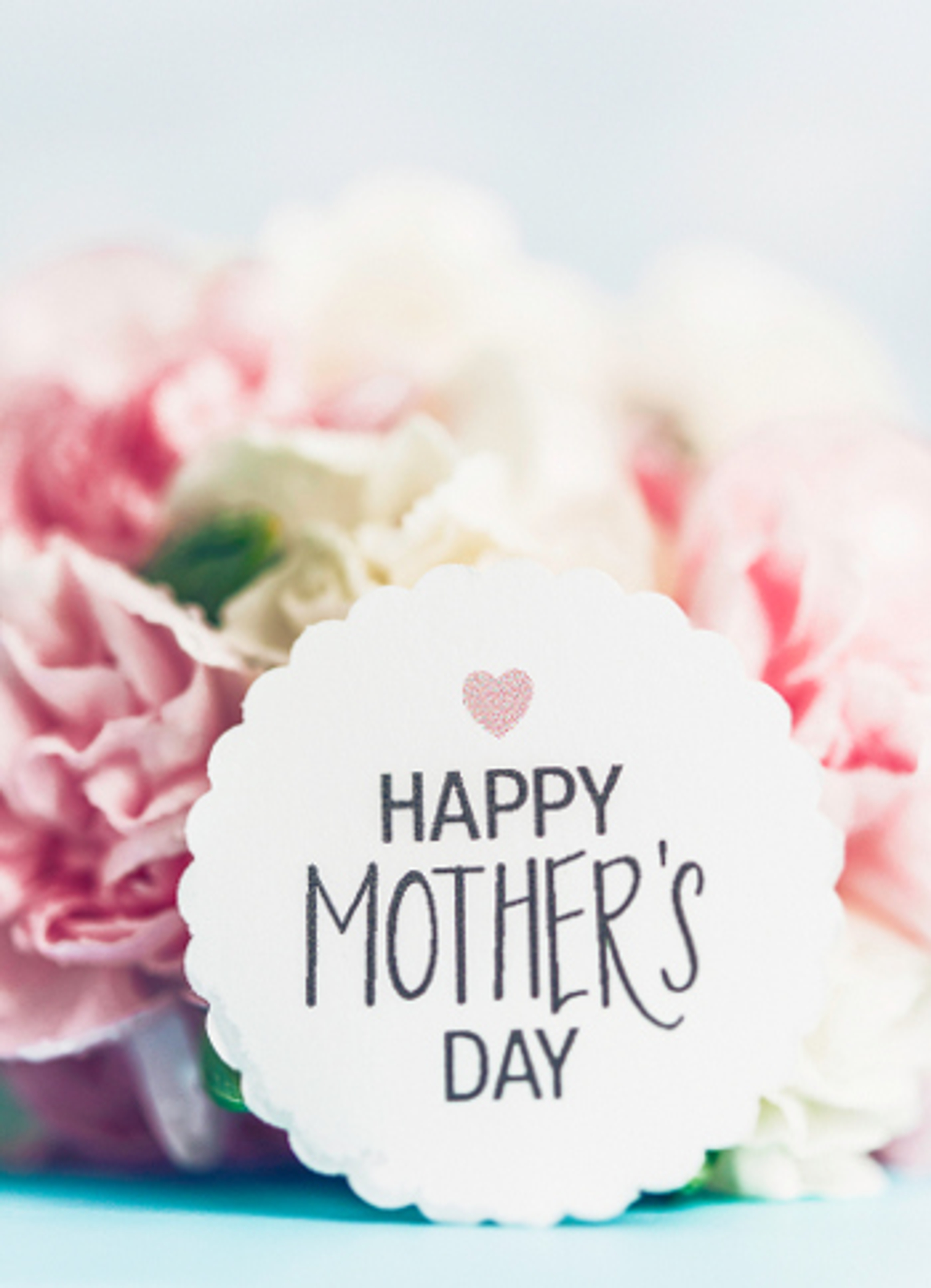All About the Official Mother's Day Flower: The Carnation
Learn how this flower became intrinsically connected to Mother's Day as well as the significance of each carnation color.
Apr 14, 2025

Since the day you were born, your mom has loved and supported you — not to mention cooked, cleaned, had a job, and drove you to all those extracurricular activities. Even when you might not have realized it (those teenage years, anyone?), your mom always had your best interest at heart.
The official flower of Mother’s Day is the carnation, a bloom deeply tied to the holiday’s origins. The tradition dates back to Anna Jarvis, who chose white carnations to honor her late mother. Over time, carnations became a universal symbol of motherhood, love, and appreciation.
If you’re wondering why carnations were chosen over other flowers, their long-lasting nature and fragrant beauty made them a perfect representation of a mother’s enduring love.
Here’s a brief history of how carnations became the symbol of motherhood.
A brief history of Mother’s Day
It’s believed the first celebrations honoring mothers were in ancient times, when Romans held festivals in honor of the mother goddesses Rhea and Cybele. But it wasn’t until Europe in the early 1800s that we saw the first semblance of modern Mother’s Day.
At the time, families in the UK and England celebrated “Mothering Sunday.” A day celebrated on the fourth Sunday of Lent, it encouraged people to travel back to their “mother church” — the first church they ever attended in their hometown — for a special service.
Over the years, Mothering Sunday transitioned into a more secular holiday, known as Mother’s Day, and was celebrated by kids giving their mothers flowers and other small gifts.
Who was Anna Jarvis?
Anna Jarvis is considered the founder of Mother’s Day in America. After her mother passed away, Jarvis vowed to create a day dedicated to honoring mothers both alive and deceased.
Why carnations are the official flower of Mother's Day
As a young girl living in Philadelphia, Jarvis and her mother cared for a garden full of white carnations — her mother’s favorite flowers. In 1907, Anna delivered 500 white carnations to the church where her mother taught Sunday school. She then requested that each mother in the congregation receive one as they arrived at church that week.
Every year after that, the church upheld the tradition and continued to hand out carnations at their Mother’s Day service. Neighboring communities and churches soon took notice and began incorporating it into their own Mother’s Day services. In the mid-1940s, carnations were dubbed the official Mother’s Day flower. And now it's even easier to deliver carnations right to Mom's door!
Anna Jarvis once said that white carnations were the symbol of Mother’s Day because they were thought to “typify some of the virtues of motherhood: Whiteness stands for purity; its lasting qualities, faithfulness; its fragrance, love; its wide field of growth, charity; its form, beauty..."

Colorful carnations
Over time, different colored carnations began to take on their own meanings. Because of their history, fragrance, and “heavenly soft” texture, white carnations became popularly thought of as the flowers you left at the gravesite of a mother who had passed away. And even though white carnations originally became popular, red carnations are also considered the official Mother’s Day flower. However, red carnations are believed to be a gift for mothers who are still alive, as it was believed carnations’ deep red petals represented that of a beating heart and love rather than loss.
How to care for carnations: Keeping Mother’s Day flowers fresh
To ensure carnations stay fresh long after Mother’s Day, follow these simple care tips.
1. Trim the stems – Cut the stems at a 45-degree angle before placing them in water to help them absorb nutrients.
2. Use fresh water – Change the water every two days to prevent bacteria growth.
3. Avoid direct heat – Keep carnations away from direct sunlight, heaters, and air vents.
4. Remove wilting petals – This encourages new blooms to open and prolongs the life of your bouquet.
With proper care, carnations can last up to two weeks, making them one of the longest-lasting Mother’s Day flowers.
Carnation colors and their meaning on Mother’s Day
Each carnation color holds a unique significance, making this flower a thoughtful choice for Mother’s Day bouquets.
• White carnations – Represent purity and a mother’s unconditional love. Traditionally given in remembrance of mothers who have passed.
• Red carnations – Symbolize admiration and deep love, making them the perfect flower for moms who are still with us.
• Pink carnations – Signify gratitude and appreciation, commonly given to express thanks to mothers.
• Yellow carnations – Traditionally associated with disappointment or rejection, these are not commonly used for Mother’s Day.
When choosing Mother’s Day flowers, opting for a bouquet that includes white, red, or pink carnations can add a meaningful touch.










